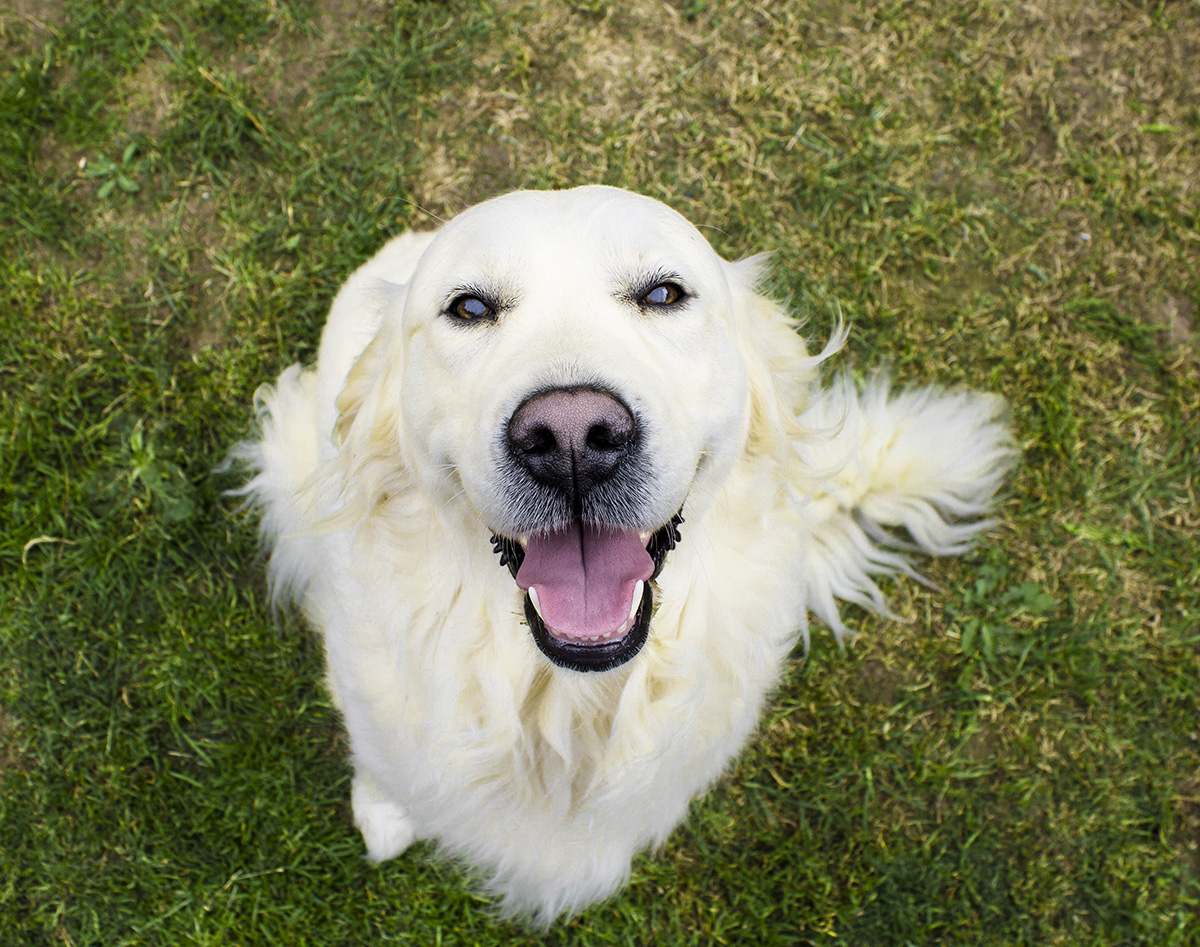An underactive thyroid gland, also known as hypothyroidism, is one of the most common hormone disorders in dogs – it is estimated that it affects about 0.4% of all dogs, or one in two hundred and fifty.
The reason that it’s so important is that thyroid hormone – thyroxine – is involved in regulating every single body system. As a result, an inadequate amount of thyroxine in the body (due to hypothyroidism) can have a massive effect on your dog’s health and lifestyle.
The dog’s thyroid glands are in his neck, on either side of the larynx. They concentrate iodine out of the blood and use it to manufacture the two thyroid hormones (T3 and T4) which are collectively known as thyroxine. If there is insufficient iodine in the diet, this can result in a goitre, where the glands swell massively to make the most of what little iodine there is; in advanced cases, this can lead to hypothyroidism but it is fortunately rare with the widespread use of properly balanced modern pet foods.
Hypothyroidism is most common in middle-aged, large breed dogs (such as Golden Retrievers, Irish Setters and Dobermanns). However, certain small breeds are over-represented, including Cocker Spaniels, Dachshunds, and Toy Fox Terriers (who can develop a genetic form of the disease).
The vast majority (95%) of dogs with hypothyroidism have Primary Hypothyroidism. There are two forms of this condition:
- Lymphocytic Thyroiditis occurs when the dog’s immune system makes a mistake and accidentally attacks the thyroid gland. This results in gradual loss of active thyroid tissue, and gradually worsening symptoms as the active cells in the thyroid are destroyed.
- Idiopathic Thyroid Atrophy is a different type of thyroid gland damage, where for some (currently unknown) reason, the thyroid progressively shuts down, and the gland is replaced with inert fat cells.
Occasionally, dogs may suffer from Secondary Hypothyroidism where the Pituitary (“the Master Gland”) doesn’t send out signals to the thyroid (Thyroid Stimulating Hormone or TSH) telling it to make thyroxine. This can be caused by a brain tumour, infection, some drugs, or even other illnesses such as kidney failure or liver disease,
Whatever the cause, however, the symptoms are the same. Thyroxine controls the dog’s Basal Metabolic Rate, in other words, how rapidly and efficiently their cells turn fuel into energy. Low thyroid levels result in low energy production, resulting in:
- Lethargy
- Weight gain
- Skin and coat changes:
- A dull, dry or greasy coat
- Hair loss along the flanks
- Recurrent skin infections
- Darkening of the skin
- A swollen face – this (technically called myxoedema) often gives dogs a “sad” or “tragic” expression.
- More rarely, the disease can lead to:
- Eye problems
- Heart disease
- Muscle weakness
- Facial paralysis.
- Until recently, it was widely believed that hypothyroidism was a common cause of the disorder megaoesophagus (where the gullet doesn’t work properly), but this has been challenged and some researchers now think there is no relationship between the two conditions.
Usually, diagnosing hypothyroidism is very easy – a blood test will show low levels of thyroxine in the blood. Unfortunately, there are a small number of dogs where it isn’t possible to demonstrate this, probably because the “Normal” value for that dog is a bit different from the average across the population – so a low value for that dog is within the normal range for all dogs.
As a result, there are a number of other tests that can be done, if necessary. These blood tests include Free T4 assays, Endogenous TSH levels and even a TSH Stimulation Test (although this is quite difficult and usually expensive in practice).
Fortunately, the treatment for a dog once diagnosed is very straightforward – if they don’t make enough thyroxine, we give them more! Supplementation with artificial thyroid hormone (generally “levothyroxine”) is very effective in reversing all the symptoms and, while treatment is lifelong, it is usually 100% effective. That said, it can take several months of trial and error to get the dose right, and the skin signs can take up to 3 months to resolve completely.
If you think your dog may have an underactive thyroid, make an appointment with one of our vets to get them checked out.


